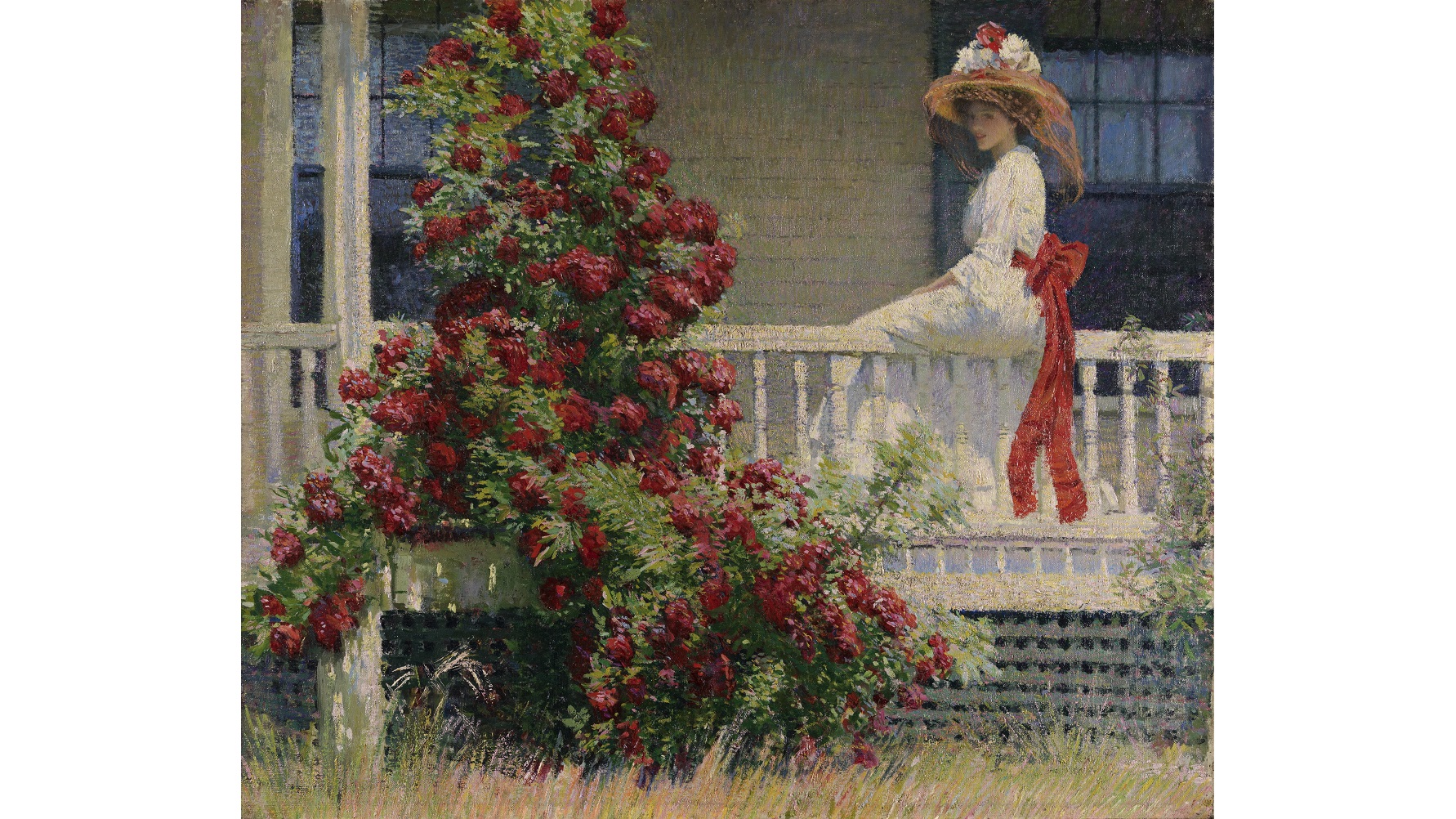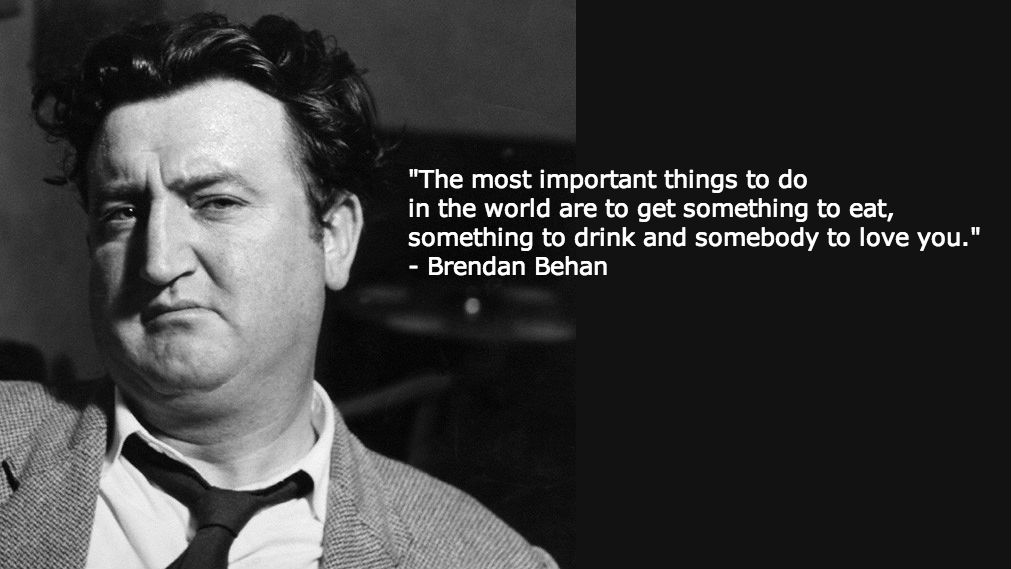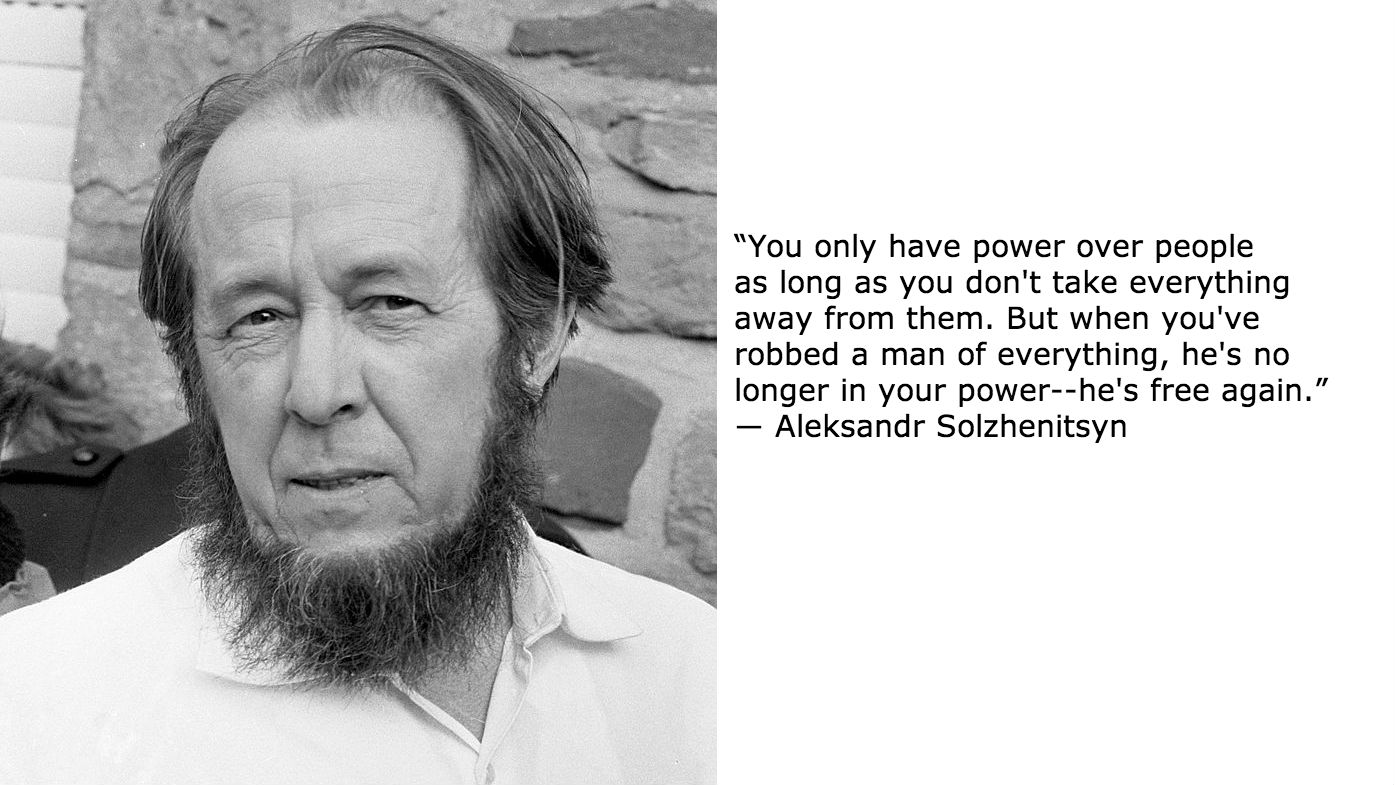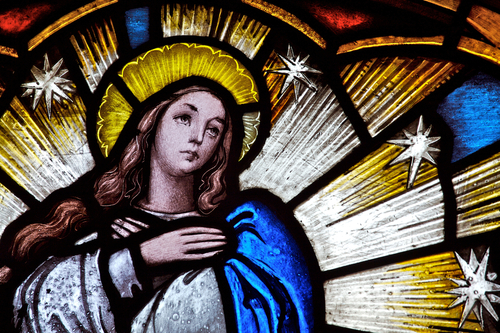Nadine Gordimer on Power
“Power is something of which I am convinced there is no innocence this side of the womb.”- Nadine Gordimer (born on this date in 1923)
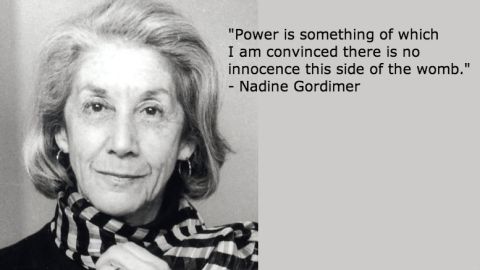
Sign up for Big Think on Substack
The most surprising and impactful new stories delivered to your inbox every week, for free.
“Power is something of which I am convinced there is no innocence this side of the womb.”
– Nadine Gordimer (born on this date in 1923)
Sign up for Big Think on Substack
The most surprising and impactful new stories delivered to your inbox every week, for free.

